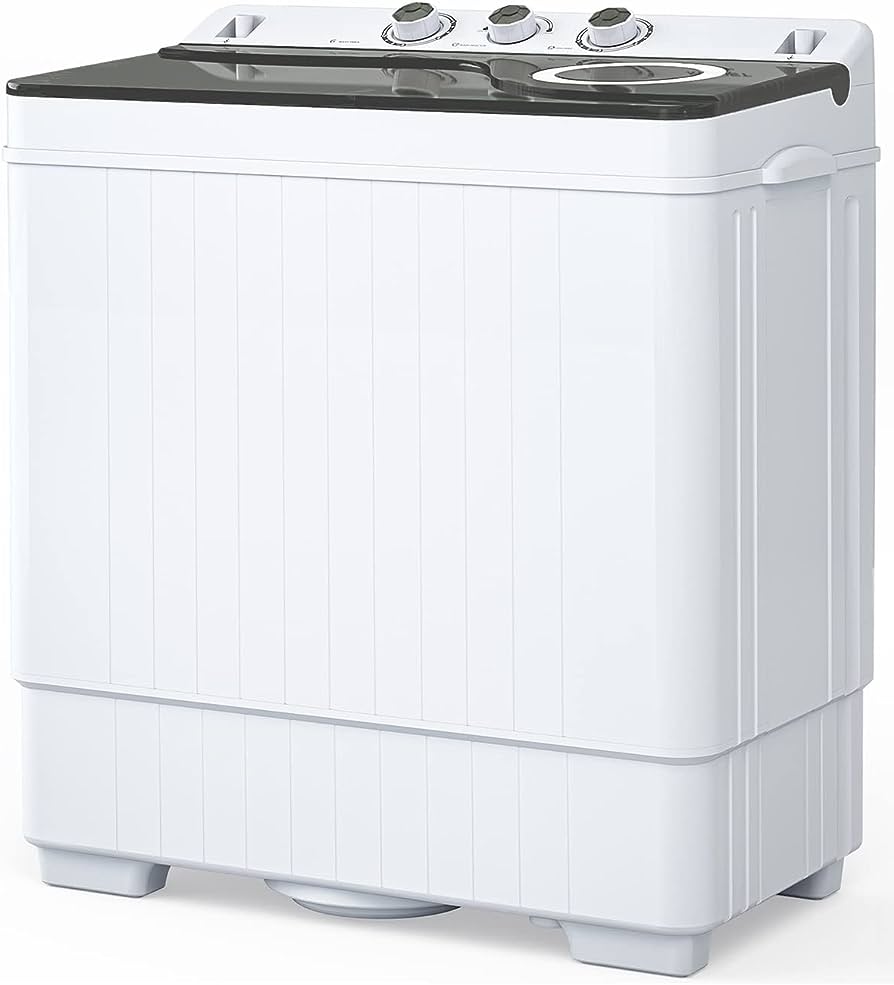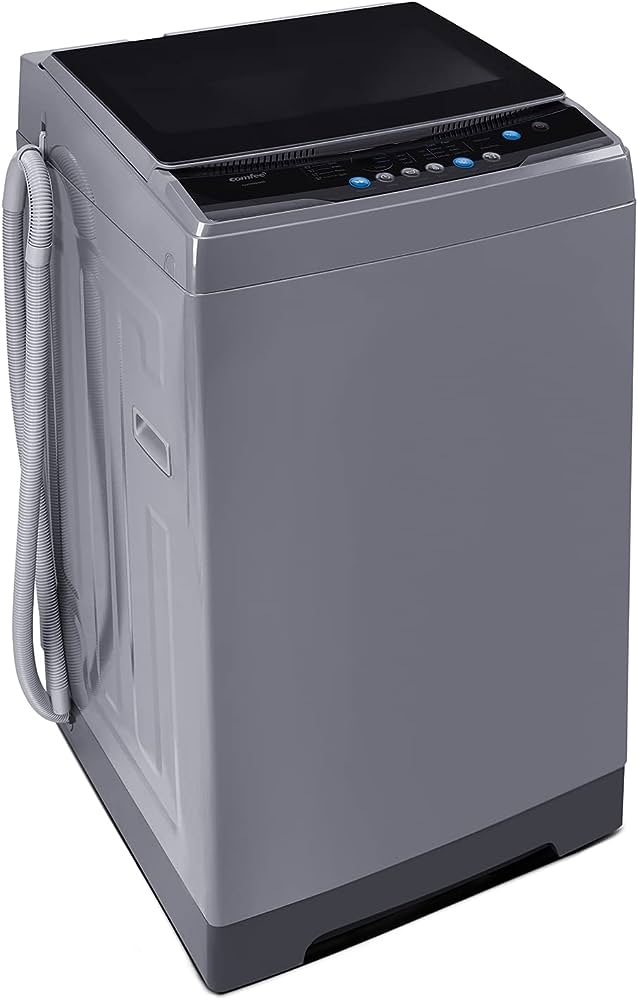Introduction
Black mold, also known as Stachybotrys chartarum, is a type of mold that can grow in damp and poorly ventilated areas, including washing machines. When black mold develops inside a washer, it can pose potential health risks to individuals who come into contact with the mold or breathe in its spores. In this guide, we will explore the impact of black mold in the washer on health, discussing the dangers it presents, symptoms it may cause, and prevention measures to mitigate its effects. By understanding the risks associated with black mold in the washer, individuals can take proactive steps to safeguard their well-being.

Can black mold in washer make you sick?
Health Risks of Black Mold
1.1. Allergic Reactions
Exposure to black mold can trigger allergic reactions in susceptible individuals. Symptoms may include nasal congestion, sneezing, itchy or watery eyes, coughing, and skin irritation. These reactions can range from mild to severe, depending on individual sensitivity and the extent of exposure.
1.2. Respiratory Issues
Black mold releases spores into the air, which can be inhaled and lead to respiratory problems. Prolonged exposure or high levels of mold spores may cause respiratory symptoms such as coughing, wheezing, difficulty breathing, chest tightness, or exacerbation of asthma symptoms.
1.3. Toxic Effects
Black mold produces mycotoxins, which are toxic substances that can have detrimental effects on human health. Prolonged exposure to mycotoxins, either through inhalation or direct contact, has been associated with a wide range of health issues, including headaches, fatigue, dizziness, nausea, immune system suppression, and neurological symptoms in some cases.
Transmission of Black Mold
2.1. Airborne Spores
Black mold releases spores into the air as part of its reproductive cycle. These spores can become airborne and circulate throughout the laundry area or even the entire living space, increasing the risk of inhalation and subsequent health issues.
2.2. Contaminated Laundry
If black mold is present in the washer, it may contaminate the clothes being washed. This can lead to the transfer of mold spores onto the skin or inhalation of spores when wearing or handling the contaminated garments. Individuals may unknowingly spread mold spores to other areas of the home or come into direct contact with the spores, increasing the risk of adverse health effects.
Symptoms of Black Mold Exposure
3.1. Respiratory Symptoms
Exposure to black mold may cause respiratory symptoms similar to those associated with allergies or respiratory conditions. These symptoms can include coughing, wheezing, shortness of breath, chest tightness, and sinus congestion.
3.2. Allergic Reactions
Individuals with allergies may experience heightened symptoms when exposed to black mold. Allergic reactions, such as sneezing, runny or stuffy nose, itchy or watery eyes, and skin rashes, may occur.
3.3. Skin Irritation
Direct contact with black mold or its spores can lead to skin irritation or allergic dermatitis. Symptoms may include redness, itching, rashes, or hives in the affected area.
3.4. General Health Issues
Prolonged exposure to black mold, particularly in environments with high concentrations of mold spores or mycotoxins, may result in general health issues. These can include fatigue, headaches, dizziness, cognitive difficulties, nausea, and compromised immune function.
Prevention and Mitigation Measures
4.1. Regular Cleaning and Maintenance
Consistent cleaning and maintenance of the washing machine can help prevent the growth of black mold. Regularly remove any visible mold or mildew from the washer, paying close attention to seals, gaskets, detergent dispensers, and other areas prone to moisture buildup. Clean the detergent drawer, drum, and filter on a routine basis to prevent mold growth.
4.2. Proper Ventilation
Maintaining proper ventilation in the laundry area is crucial. Ensure there is adequate air circulation and consider using a dehumidifier to reduce humidity levels, as high moisture promotes mold growth. Open windows or use exhaust fans to facilitate ventilation during and after laundry cycles.
4.3. Prompt Drying of Clothes
Remove washed clothes from the washer promptly after completion to prevent them from staying damp for extended periods. Damp garments can provide an environment conducive to mold growth. If necessary, rewash clothes that have been left in the washer for an extended period to eliminate any potential mold contamination.
4.4. Regular Inspection of the Washer
Regularly inspect the washer for signs of mold growth, such as a musty odor, discoloration, or visible mold. Address any mold issues promptly to prevent further contamination and potential health risks.
4.5. Protective Measures
When cleaning or handling a washer suspected of black mold growth, take appropriate protective measures. Wear gloves, a mask, and protective eyewear to prevent direct contact with mold spores and reduce the inhalation of airborne particles.
Seeking Professional Assistance
5.1. Extensive Mold Growth
If black mold growth in the washer is extensive or if there are concerns about mold spreading to other areas of the home, it is advisable to seek professional assistance. Mold remediation specialists can assess the situation, identify the extent of the mold problem, and provide appropriate remediation and cleaning.
5.2. Severe Health Symptoms
If individuals experience severe or persistent health symptoms that they suspect may be related to black mold exposure, it is essential to consult a healthcare professional. Medical professionals can evaluate symptoms, provide appropriate treatment, and help determine if mold exposure is the underlying cause.
Conclusion
Black mold in the washer can pose health risks to individuals who come into contact with the mold or inhale its spores. Exposure to black mold can result in allergic reactions, respiratory issues, and potential toxic effects. Preventing and mitigating black mold growth in the washer involves regular cleaning, proper ventilation, prompt drying of clothes, and routine inspection of the washer. Taking protective measures and seeking professional assistance when necessary can help minimize health risks associated with black mold exposure. By being proactive, individuals can safeguard their well-being and maintain a healthy laundry environment.

